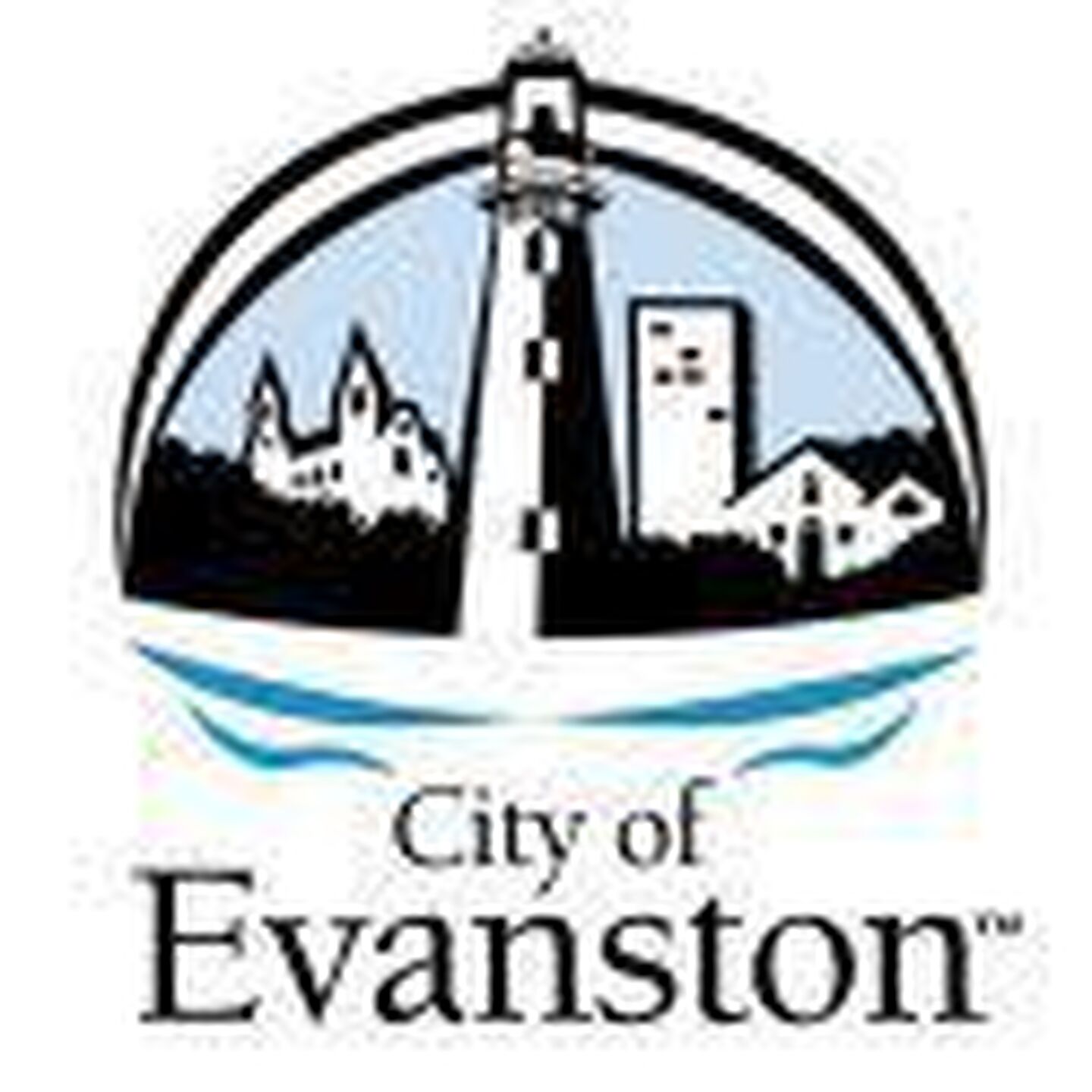3 Ways to Do Basement Waterproofing in Evanston, IL 60202

Evanston, IL, is the first stop along the Chicago North Shore; located right on the northern border of the city, it is home to nearly 78,000 residents living in 30,000 homes. Unlike the rest of the North Shore (and many other Chicago suburbs) half of the homes in Evanston are actually rental units and just about half the population is composed of renters, not surprising in the home of a major university.
Among those 30,000 homes are to be found just about every type of residential structure that exists in the Chicago area. From boxy apartment towers to more gracious courtyard buildings, from brick Georgians to frame cottages and from sharp-edged modernist homes to rambling mansions, if the style exists Evanston probably has an example of it.
Another significant difference between Evanston and other suburbs is the average age of its homes. Half of those 30,000 were built prior to 1939 and more than 80% were constructed before 1970. Charming as older homes may be, they can mean headaches to their owners as they grapple with repairs and maintenance that go along with age, including the need to do basement waterproofing.
3 Basement Waterproofing Methods in Evanston
Every home in Evanston, as well as in neighboring Skokie and Wilmette, should be diagnosed individually but there are 3 methods of basement waterproofing that will solve most problems.
1. Exterior Waterproofing – Poured concrete foundations, prevalent in Evanston, can experience seepage through patches of porous concrete or over top of the foundation wall; masonry foundations can leak through mortar joints or porous masonry units like concrete block or brick. The best way to stop this seepage is to apply an exterior waterproofing membrane, a thick coating of asphalt-modified polyurethane that is troweled onto the outside wall. It forms an impenetrable barrier against water.
If excessive ground water is present, protection can be bolstered by installing exterior drain tile and drainage board that covers the membrane and moves water downward.
2. Interior Drain Tile – Another common source of seepage is water that is forced through cracks in the basement floor or through the cove joint by hydrostatic pressure. Installing interior drain tile, a system of perforated pipe buried in washed gravel below the basement floor, will alleviate the pressure and the pipe will carry water to a sump pump for discharge outside the house. When professionally installed, interior drain tile will never require maintenance.
3. Crack Repair – The most frequently found type of seepage in an Evanston basement comes from a non-structural crack in a poured concrete foundation wall. The most effective way to repair such a crack is to inject it with expanding polyurethane from the inside. The polyurethane fills the crack as it expands and remains flexible when it cures so that minor foundation movement in the future won’t make the crack re-open.
When the crack is not accessible from inside, such as in a finished basement, it can be repaired on the exterior with sodium bentonite clay. A small hole is dug next to the foundation along the crack and filled with the clay, which forms a permanent, pliable barrier on the “positive side” against further water infiltration.
Whatever means of repair is best for a particular Evanston basement, the homeowner will need the help of an experienced basement waterproofing contractor. At U.S. Waterproofing, we’ve been helping Chicago-area homeowners since 1957 and we have already serviced hundreds of basements in Evanston, keeping them dry and safe. Why not ask for our free advice?




